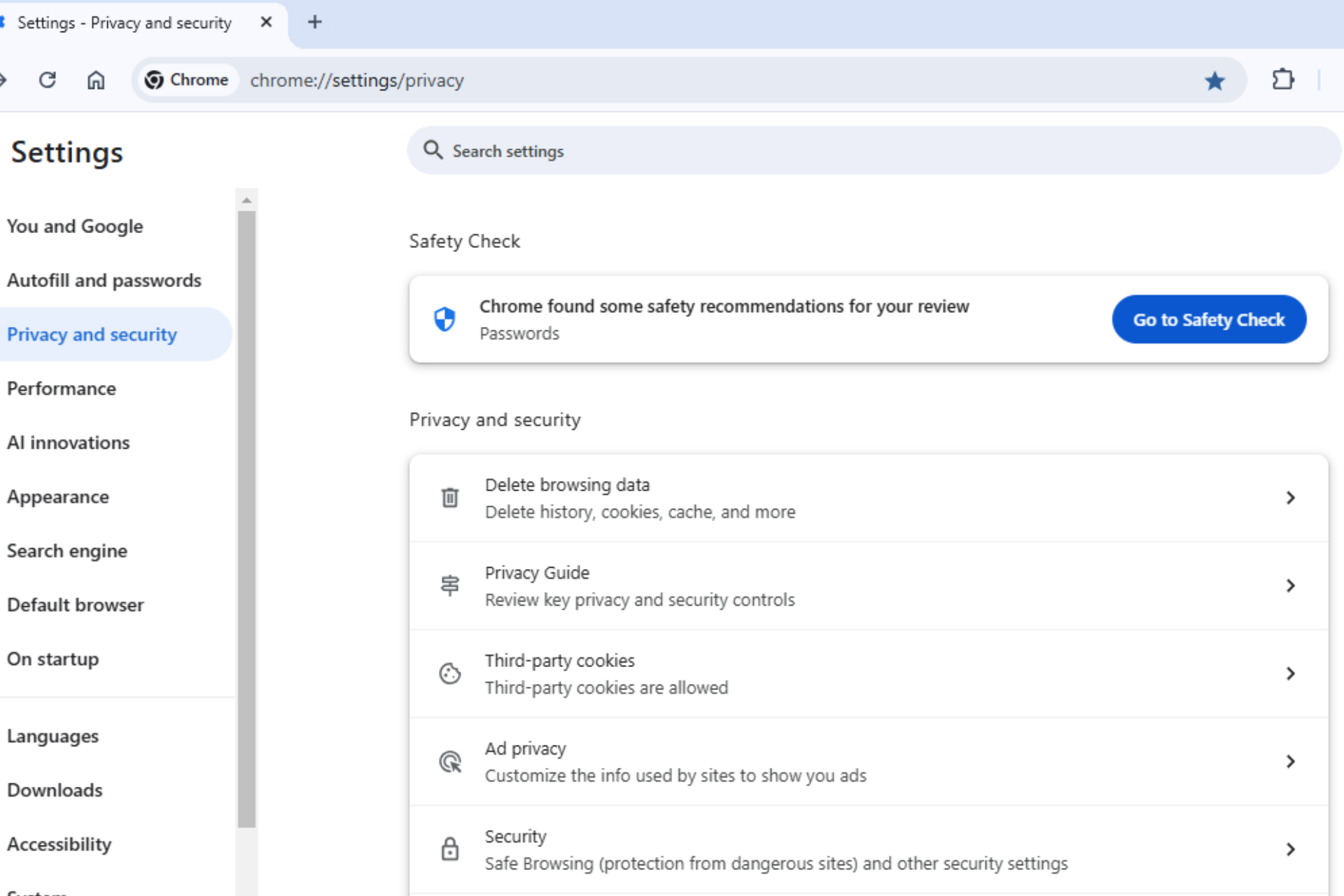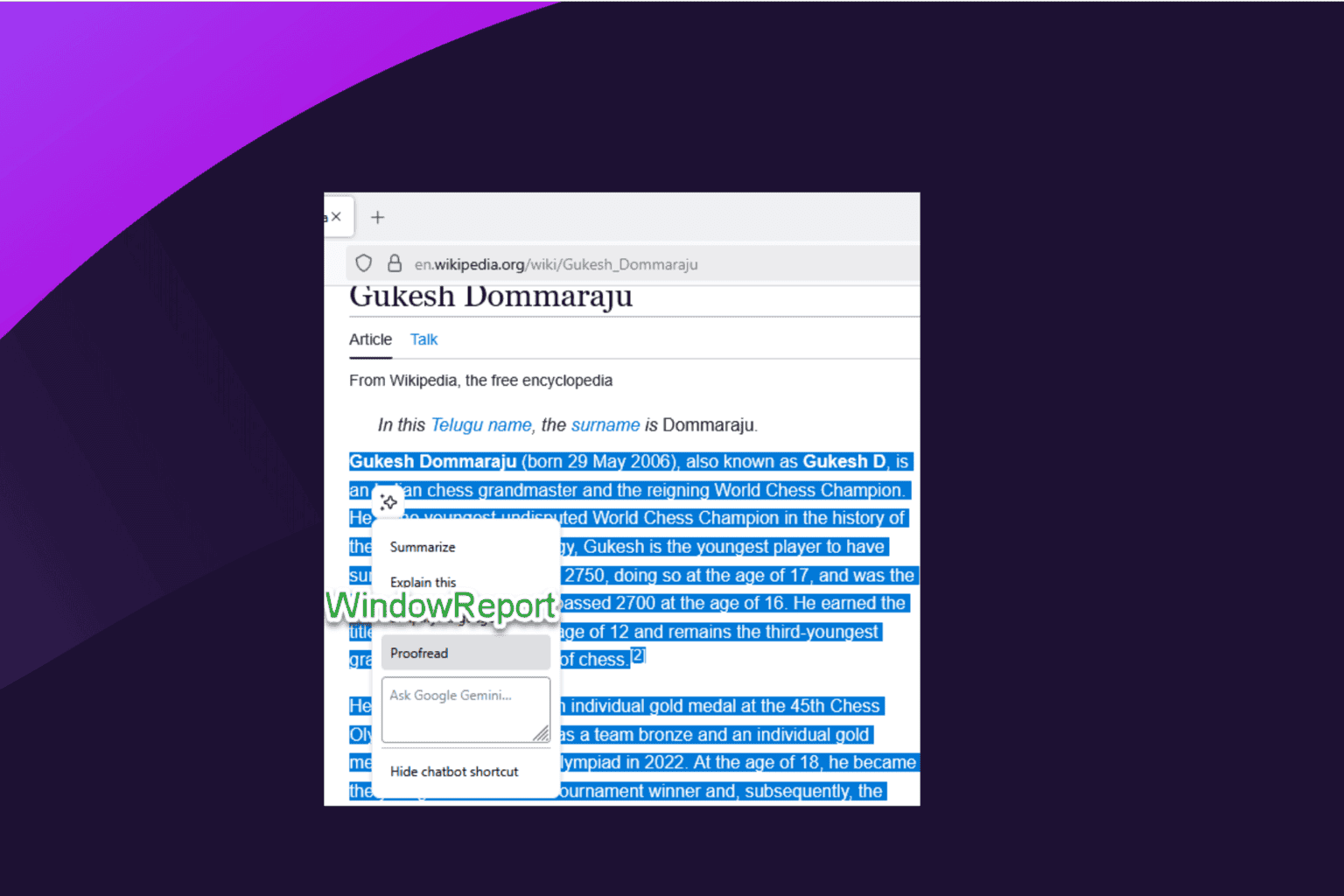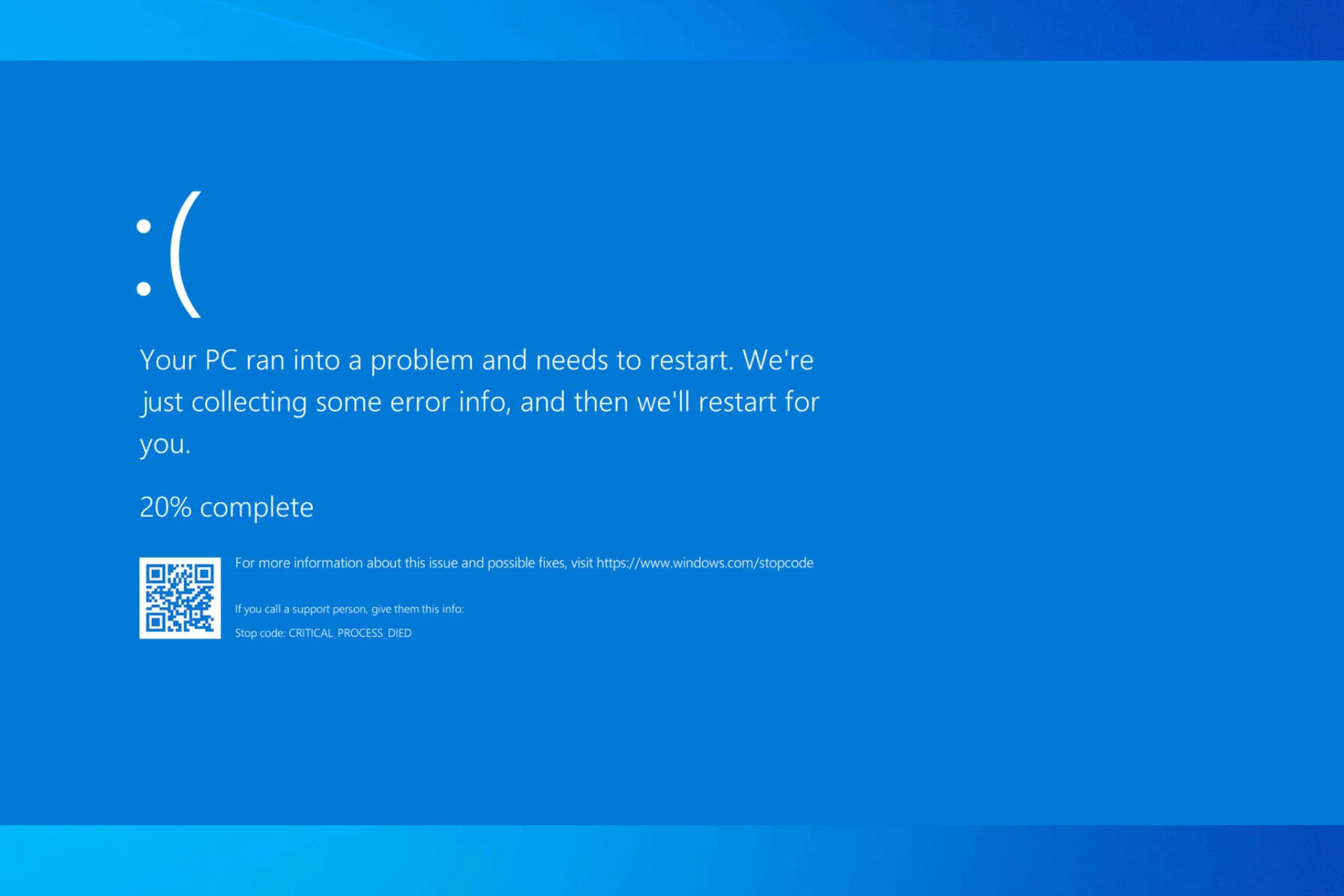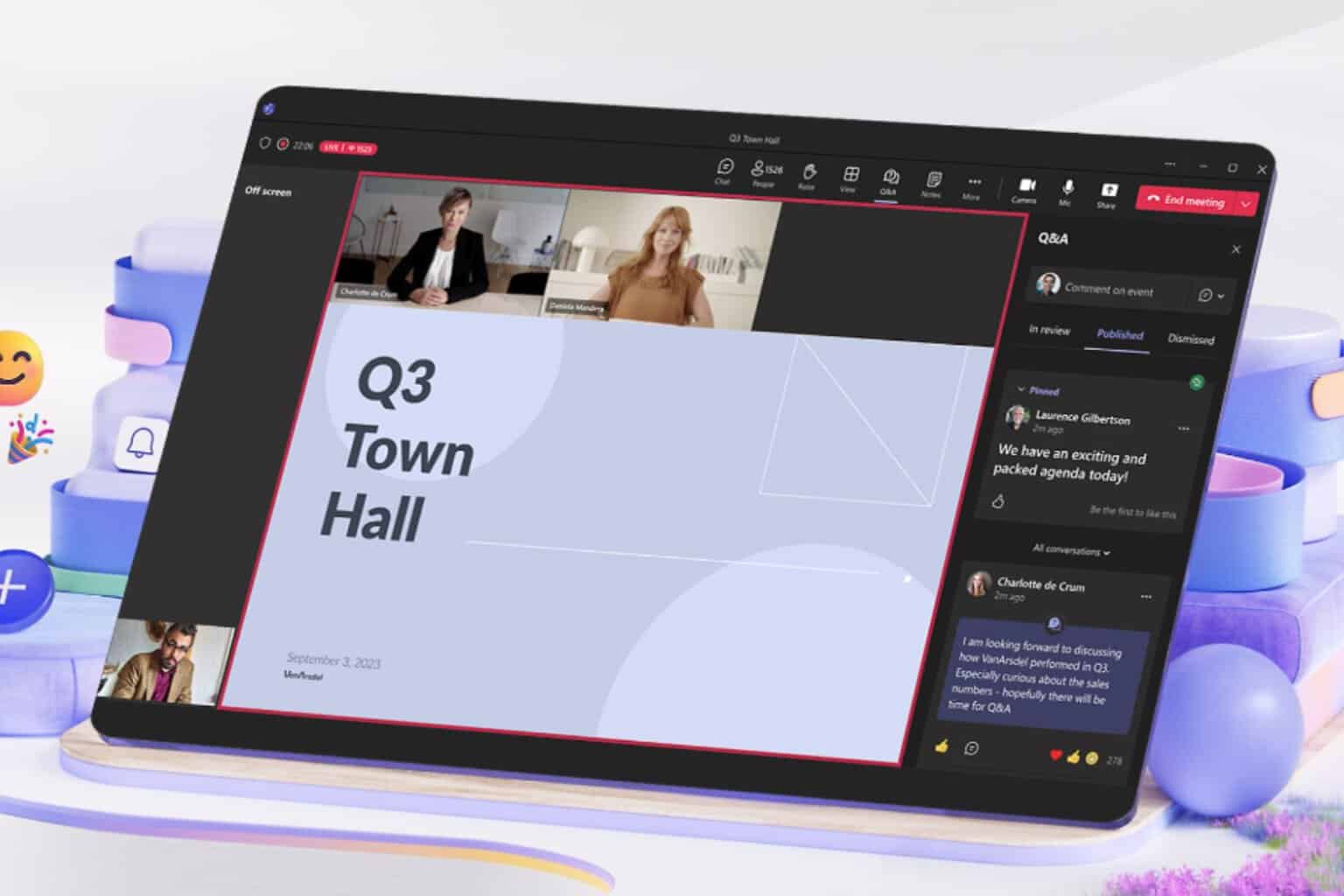Developers can now release Chromium-based PWAs on the Windows 10 Microsoft Store
3 min. read
Published on
Read our disclosure page to find out how can you help Windows Report sustain the editorial team. Read more

After replacing its legacy Edge browser with a new Chromium-based version this year, Microsoft is now allowing app developers to submit Chromium-based Progressive Web Apps (PWAs) to the Windows 10 Microsoft Store. The PWABuilder team has just announced the preview release of the new Edge PWA platform, providing developers a straightforward way to package Chromium-based PWAs for the Microsoft Store.
Launching our preview service to build Chromium-based Edge PWA for the Microsoft Store: https://t.co/RJlKyppsnp with our friends from @MSEdgeDev
— PWA Builder (@pwabuilder) October 20, 2020
Microsoft started welcoming PWAs to the Windows 10 Microsoft Store two years ago, and at some point the company experimented with crawling and indexing quality PWAs from the Web to automatically list them in the Microsoft Store. This plan never really took off and quality PWAs remain a rarity on the Store, with Twitter being one of the rare exceptions.
By embracing the Chromium open source project, Chromium-based PWAs can leverage new Web Standards APIs to make PWAs behave even more like native apps. These PWAs will still run in their own window without the browser UI, appear in the Start Menu, in the taskbar (if you want to), as well as the Apps & Features section of the Settings app.
One of the advantages of the transition to Chromium is that PWAs available in the Microsoft Store will be automatically updated via Microsoft Edge. this is a key advantage for PWAs over Electron or Webview based apps, as there is nothing the developer needs to do for their PWA to be running on an up-to-date version of Edge”, explained Justin Willis, Program Manager on the PAX Web team.
In this first preview release of the new Edge PWA platform, some features that were supported for EdgeHTML PWAs are currently missing. The list includes Live Tiles support and splash screens, and the PWABuilder team isn’t confirming yet if they will be added later. “We will keep the community updated as we continue to iterate on the preview,” Willis wrote.
To get started with the new PWABuilder preview, you’ll just need to visit pwabuilder.com where you can submit the URL of your PWA. The online tool will then analyze your PWA and then package it so you can submit it to the Microsoft Store or other app stores. It remains to be seen if the Microsoft Store will soon get many more quality PWAs, but Microsoft is now making it really easy for developers to have a presence on its app store.








User forum
0 messages